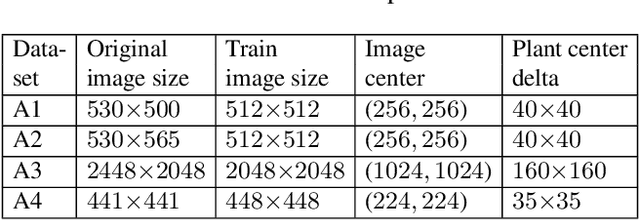Dmitry Kuznichov
Learning Relaxation for Multigrid
Jul 25, 2022



Abstract:During the last decade, Neural Networks (NNs) have proved to be extremely effective tools in many fields of engineering, including autonomous vehicles, medical diagnosis and search engines, and even in art creation. Indeed, NNs often decisively outperform traditional algorithms. One area that is only recently attracting significant interest is using NNs for designing numerical solvers, particularly for discretized partial differential equations. Several recent papers have considered employing NNs for developing multigrid methods, which are a leading computational tool for solving discretized partial differential equations and other sparse-matrix problems. We extend these new ideas, focusing on so-called relaxation operators (also called smoothers), which are an important component of the multigrid algorithm that has not yet received much attention in this context. We explore an approach for using NNs to learn relaxation parameters for an ensemble of diffusion operators with random coefficients, for Jacobi type smoothers and for 4Color GaussSeidel smoothers. The latter yield exceptionally efficient and easy to parallelize Successive Over Relaxation (SOR) smoothers. Moreover, this work demonstrates that learning relaxation parameters on relatively small grids using a two-grid method and Gelfand's formula as a loss function can be implemented easily. These methods efficiently produce nearly-optimal parameters, thereby significantly improving the convergence rate of multigrid algorithms on large grids.
Data Augmentation for Leaf Segmentation and Counting Tasks in Rosette Plants
Mar 20, 2019



Abstract:Deep learning techniques involving image processing and data analysis are constantly evolving. Many domains adapt these techniques for object segmentation, instantiation and classification. Recently, agricultural industries adopted those techniques in order to bring automation to farmers around the globe. One analysis procedure required for automatic visual inspection in this domain is leaf count and segmentation. Collecting labeled data from field crops and greenhouses is a complicated task due to the large variety of crops, growth seasons, climate changes, phenotype diversity, and more, especially when specific learning tasks require a large amount of labeled data for training. Data augmentation for training deep neural networks is well established, examples include data synthesis, using generative semi-synthetic models, and applying various kinds of transformations. In this paper we propose a method that preserves the geometric structure of the data objects, thus keeping the physical appearance of the data-set as close as possible to imaged plants in real agricultural scenes. The proposed method provides state of the art results when applied to the standard benchmark in the field, namely, the ongoing Leaf Segmentation Challenge hosted by Computer Vision Problems in Plant Phenotyping.
 Add to Chrome
Add to Chrome Add to Firefox
Add to Firefox Add to Edge
Add to Edge